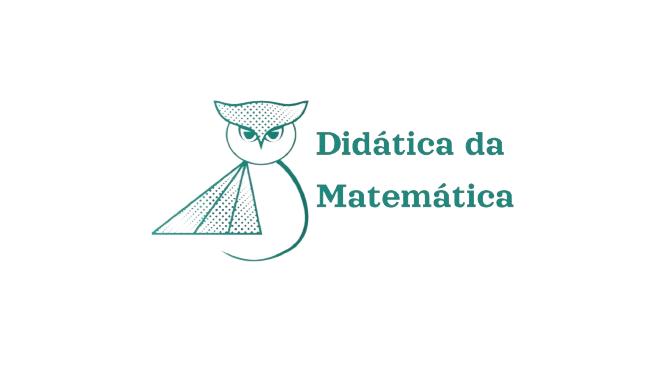Na TAD, a ação realizada para fornecer uma resposta A à uma pergunta Q é chamada de investigação em Q. Uma investigação é minimamente representada pelo chamado esquema Herbartiano reduzido S(X; Y; Q) ➥ A♥, no qual o expoente ♥ (parte central) significa que a resposta A♥ satisfaz condições específicas de S(X; Y; Q), ou seja, é uma resposta de acordo com a parte central de S(X; Y; Q), por assim dizer. Ao realizar uma investigação, X e Y devem utilizar a dialética da investigação, nomeadamente a dialética sobre o assunto e fora do assunto), do paraquedista e de caçadores de trufas, das caixas pretas e caixas claras, da conjectura e da prova (também chamada dialética de mídia e meios), de leitura (ou “excreção”) e escrita (ou inscrição), de disseminação e de recepção, do indivíduo e do grupo (também chamada de dialética da idionomia e sinônima). Todo o trabalho realizado gera perguntas derivadas e, portanto, respostas parciais das quais a resposta A♥ será produzida. Para que a dialética mencionada acima seja realizada em constante interação com a dialética chave de perguntas e resposta
Texto original
Dialectics of inquiry. ln the ATD, the action taken to provide an answer A to a question Q is called an inquiry into Q. An inquiry is minimally represented by the so-called reduced Herbartian schema S(X; Y; Q) ➥ A♥, in which the exponent ♥ (heart) means that the answer A♥ satisfies conditions specific to S(X; Y; Q), i.e., is an answer according to S(X; Y; Q)’s heart, so to speak. ln carrying out an inquiry, X and Y should put to use the dialectics of inquiry, namely the dialectics of on-topic and off-topic, of the parachutist and the truffle hound, of black boxes and clear boxes, of conjecture and proof (also called dialectic of media and milieus), of reading (or “excribing”) and writing (or inscribing), of dissemination and reception, of the individual and the group (also called dialectic of idionomy and synnomy). All the work clone generates derived questions and therefore partial answers from which the answer A♥ will be produced. So that the dialectics mentioned above are carried out in constant interaction with the key dialectic of questions and answers.
Referências
BOSCH, M.; CHEVALLARD, Y. A short (and somewhat subjective) glossary of the ATD. In: BOSCH, M.; CHEVALLARD, Y.; GARCÍA, F. J.; MONAGHAN, J. (Org.). Working whith the Anthropological Theory of the Didatic in Mathematics Eduction: a comprehensive casebook. London and New York. Routledge: Taylor & Francis Group, p. 19-38, 2020.
